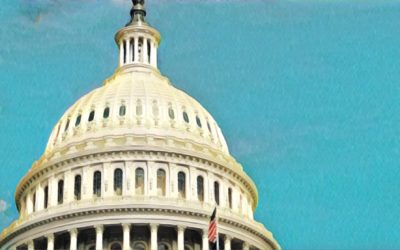Our Resources
A Digital Financial Literacy Program
Too many consumers mismanage their budgets, make uninformed investment decisions, and fail to properly plan for the future. NAFSA is committed to empowering people with the skills they need to change this trend and thrive financially. NAFSA’s Financial Literacy Program offers an assortment of digital modules covering a wide variety of financial topics, including building emergency savings, mortgage education, and retirement planning.
Tribal Online Lending Best Practices
NAFSA has developed Best Practices for the exclusive use of all NAFSA Members as it relates to their Tribal Online Lending businesses. We believe these Best Practices will help ensure consumer protection, quality service, and positive customer and industry interactions during the life of the loans made by tribal lending entities who are NAFSA members. Our Best Practices apply to all stages of the loan, including marketing, origination, servicing, collecting, and ongoing data privacy.
The Latest Financial News
Credit Card Debt For Gen Z Consumers Increasing Almost Three Times As Fast As Other Generations
Recent data released by credit score company VantageScore found that consumers aged 25 and under (Generation Z) saw their credit card balances increase by 30 percent in the second quarter this year, while the rest of the population saw an 11 percent increase. The data...
Senate Democrats Reintroduce Fair Access to Financial Services Act
Last week, a group of Democratic Senators led by Banking Committee Chairman Sherrod Brown (D-Ohio) reintroduced the Fair Access to Financial Services Act, legislation that prohibits banks from discriminating on the basis of race, color, religion, national origin, sex,...
House Republicans: CFPB May Be Colluding with States
In a letter sent to Consumer Financial Protection Bureau Director Rohit Chopra last week, three Republicans who sit on the House Financial Services Committee allege that the CFPB’s director may be colluding with states contrary to the Consumer Financial Protection Act...





